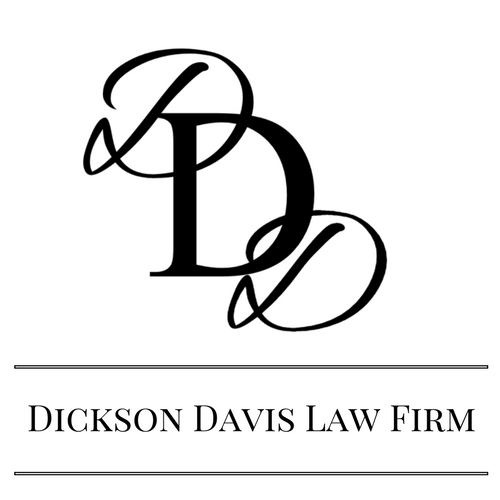Firm Position on Contingency Fee Billing Practices
In the business world, unless you have a stake in the outcome, you are less likely to be motivated working toward achieving that outcome. No reward comes without risks. One party assuming all the risks of in a business venture while the other party reaps all the rewards regardless of the outcome is an unsound business venture.
The Dickson Davis Law Firm views the attorney-client relationship with personal injury clients as a business partnership in a joint business venture whereby the Dickson Davis Law Firm provides the legal services contingent upon the outcome of the case, and the client pays for the actual out-of-pocket expenses related to their litigation that most firms would have to pay anyway to litigate your personal injury claim.
And, such an arrangement is not only fair, but maintains complete transparency as to what the client is truly paying by way of litigation expenses. Horror stories of personal injury attorneys engaging in unethical and illegal conduct with personal injury clients by misrepresenting the costs of litigation and employing abusive billing practices do exist. The result for those personal injury attorneys often results in discipline, potentially disbarment, and perhaps criminal prosecution in some cases.
The old method of contingency fee agreements basically meant that law firms were the financier of your law suit; and, if the law firm did not prevail, then the law firm took a financial hit. But, even if you have a claim, the costs of pursuing recovery may outweigh the actual amount of recovery when you hire an attorney. Essentially, unless the law firm is relying on big wins to pay for smaller cases, smaller cases are a hit or miss as to whether that case is profitable at all for the law firm to accept in the first place. Accepting or proceeding with a case may not be fair to the client when the attorney will reap all the recovery, leaving the client with little to no meaningful recovery.
The problem today is that even small to medium-sized law firms cannot afford the costs of litigation for certain types of personal injury cases, or face becoming insolvent as a business. Smaller to medium-sized law firms do not have deep pockets like big law firms. Hence, large big-box law firms predominate with certain types of cases where you may pay for a senior attorney, but a junior associate is actually doing all the grunt work. Not to mention, real abusive billing practices exists in larger firms with gouging clients. These abusive billing practices attribute to the overall higher cost of litigation for all parties involved.
Such a business model and practices is an unsound, business model in the long-term that leaves room for abuse. And, the result is that many clients do not understand why attorneys or firms become non-responsive to their case that sends the wrong message from the legal profession to the public in general about personal injury as an area of practice. As a result, the legal profession's credibility suffers when the public does not understand why firms do what they do with attorney fee billing practices.
By contrast, creative solutions of working together in a business partnership to share the costs of litigation can also achieve a similar goal to pursue recovery on the client's behalf.
Under normal market conditions when the cost of a good or service is passed down to the consumer in the form of higher prices, usually the market of consumers will shift accordingly when more competitive pricing structures emerge from competitors. Normally, the problem with contingency fee billing, clients don't want to find out after-the-fact how inefficient or unprofitable that law firm is.
From an economics analysis of supply and demand for legal services, the demand for legal services is not the problem. The supply of legal services is the problem. The work is there for attorneys. The issues is that attorneys or law firms are not able to provide legal services at competitive rates for a growing population of legal consumers that remain unrepresented. Aside from billing practices, the rise in the higher cost of litigation corresponds with the rise in pro se litigants in some respects along with high costs of entry to barrier to becoming an attorney (i.e., student loans), strict rules and regulations restricting the natural market forces of being both a business and law firm (i.e., rules of professional conduct), a lack of meaningful competition for offering legal services (i.e., reasonable attorney rates), a lack of diversity in providing legal services (i.e., limited scope of engagement for legal services), and so forth.
One of the main reasons for contingency fee billing is to allow those who cannot afford legal representation to obtain legal representation. This model of attorney fee billing does not realistically account for the costs of litigation with respect to the amount of the dispute in a cost-effective analysis to determine whether to proceed with litigation. And, this method of billing in its common application does not represent the best method of billing clients after-the-fact or ensure ethical billing practices.
Thus, a very serious gap exists with those who remain unrepresented, and must rely upon pro bono legal services for legal aid, if available.
The billing practices employed by attorneys affects the supply of legal services.

